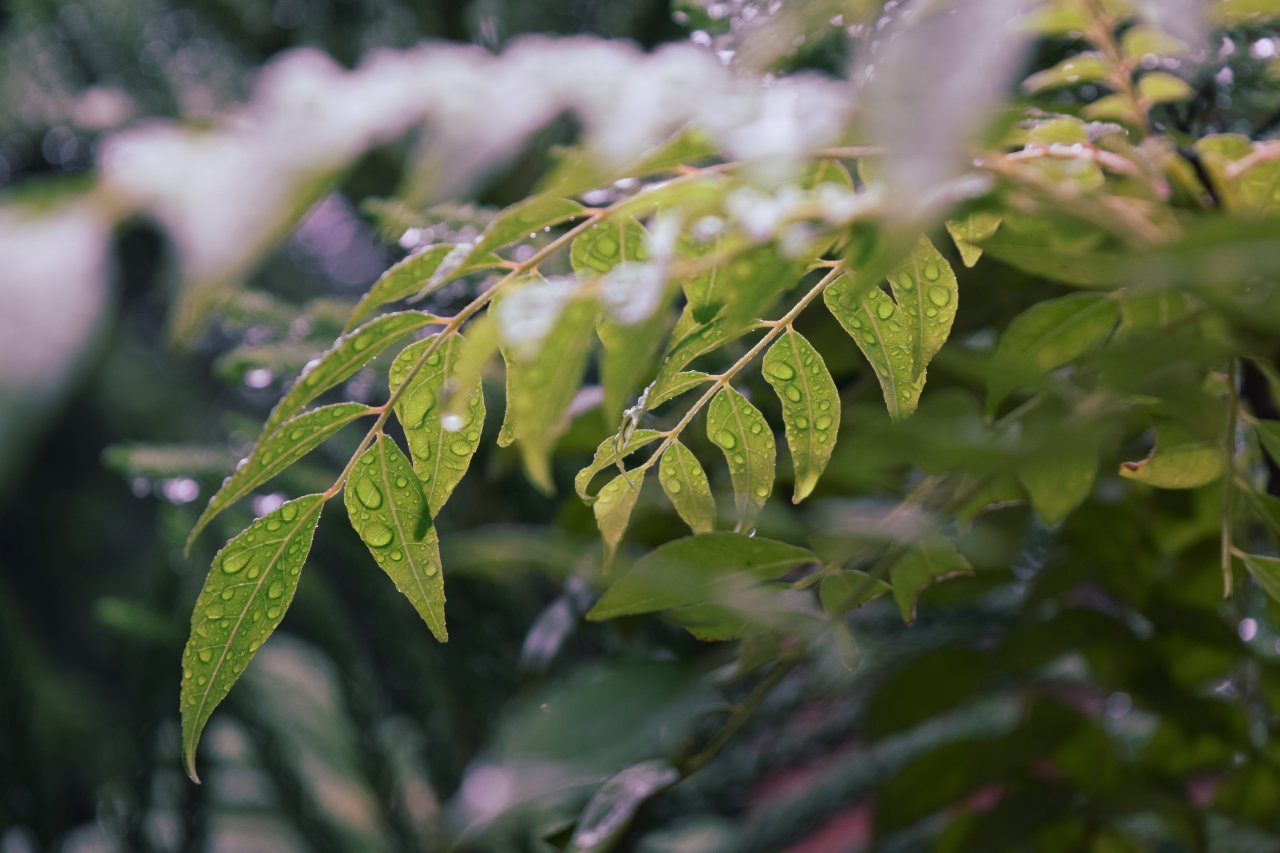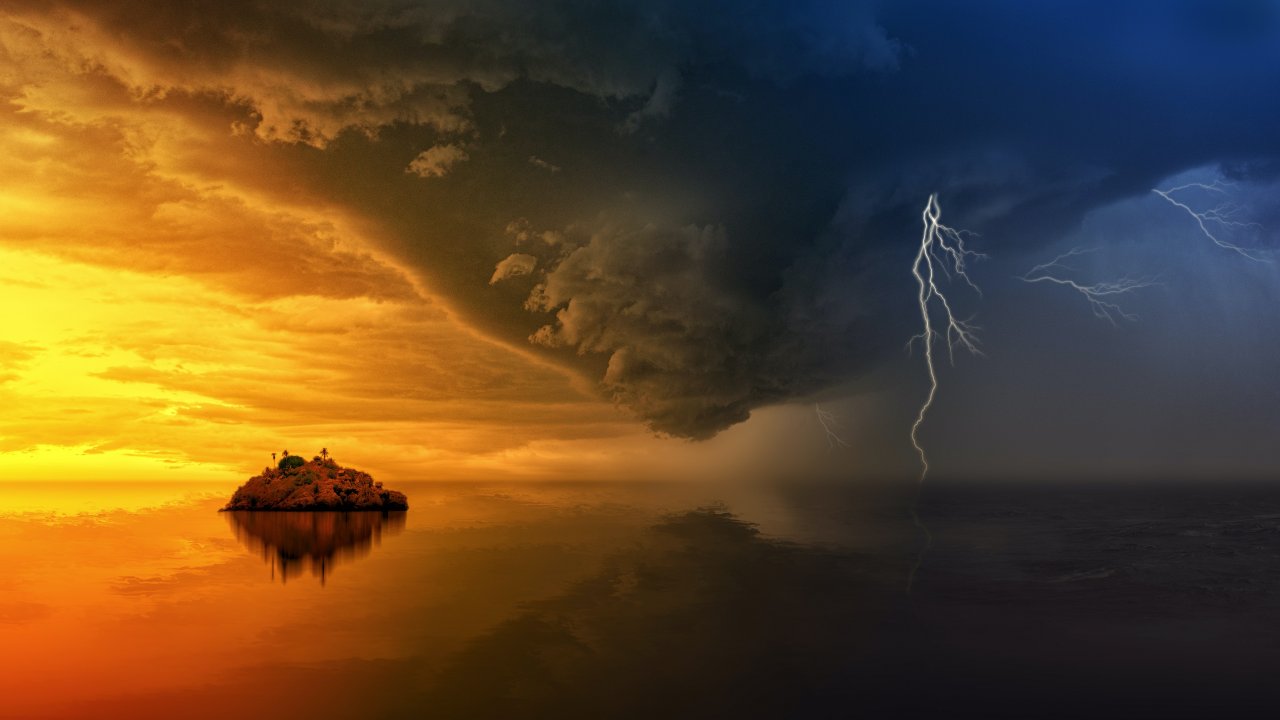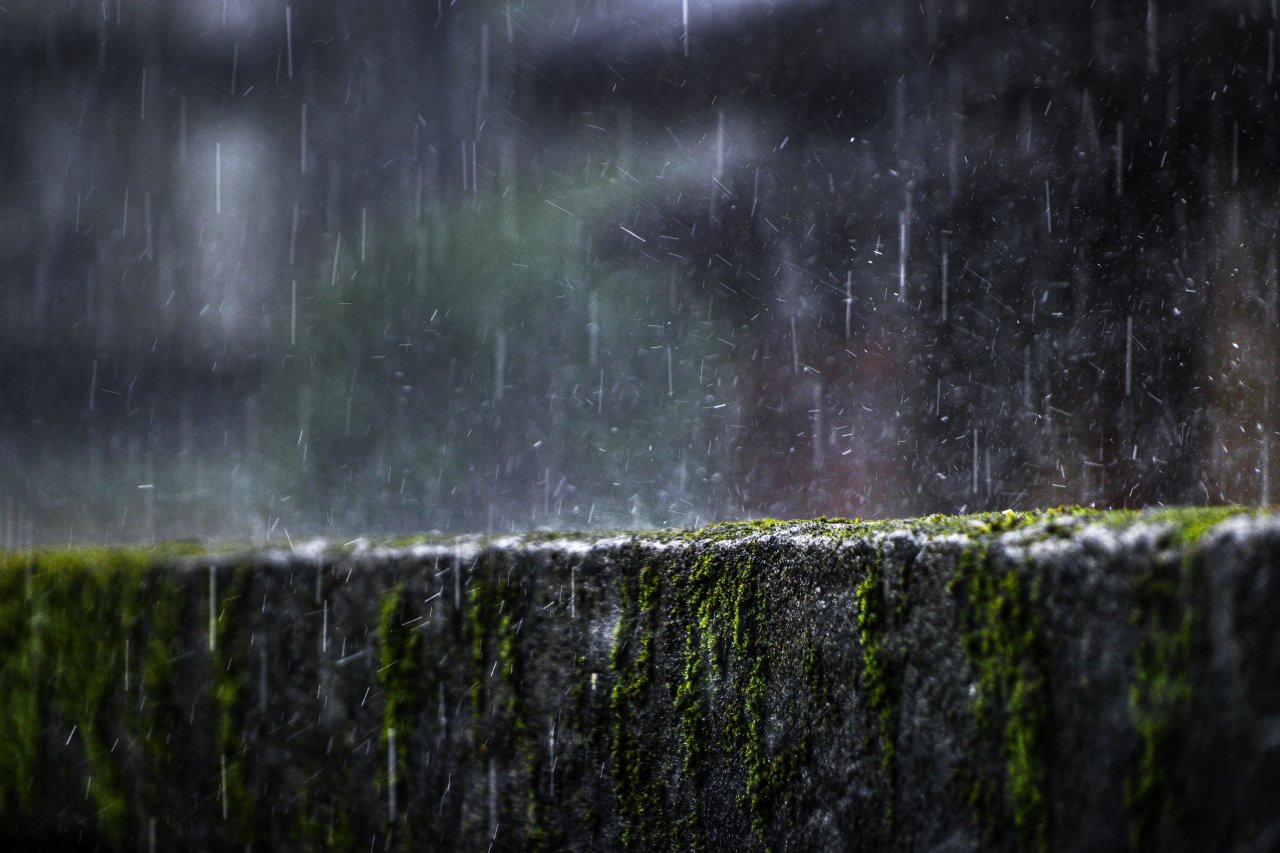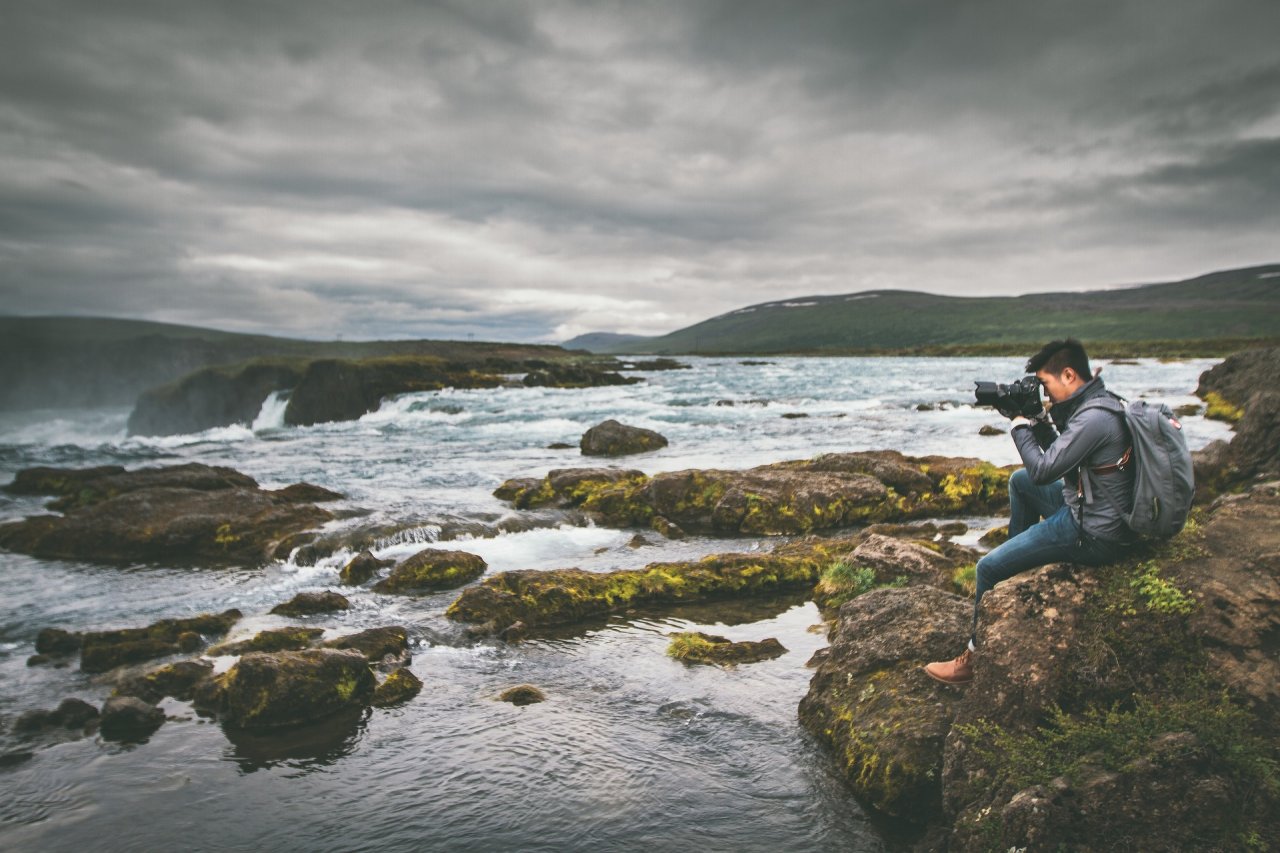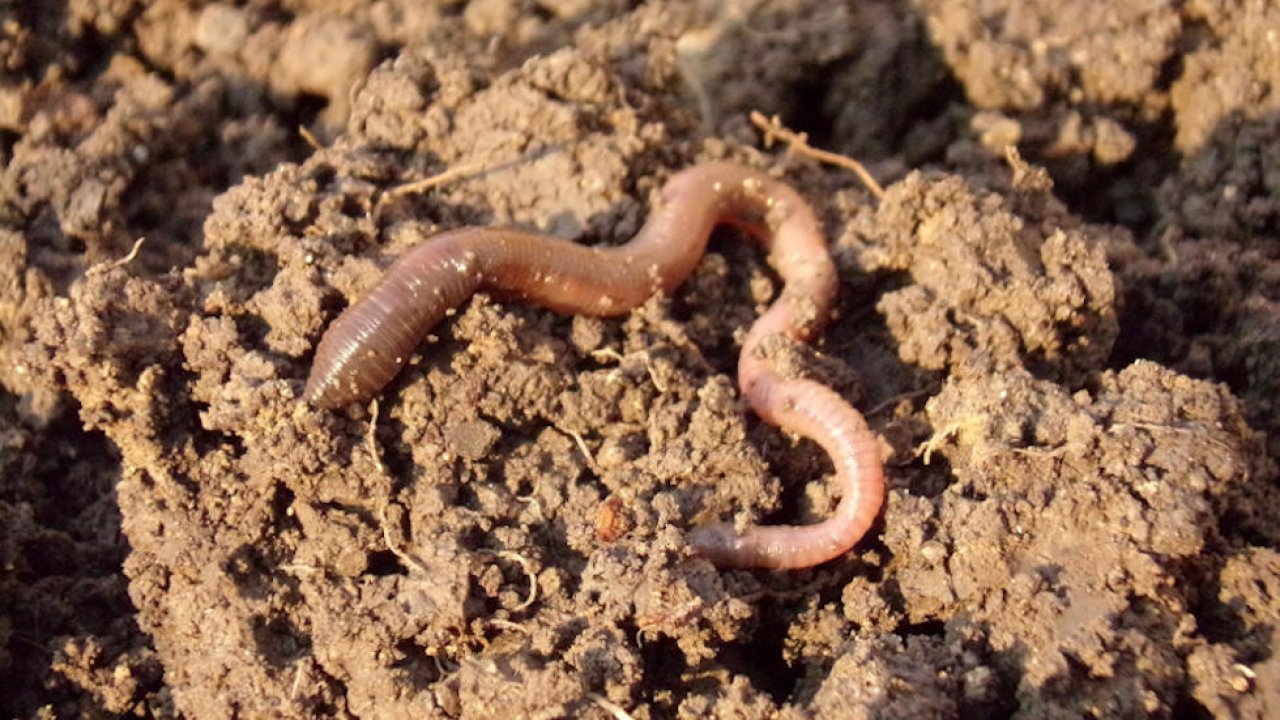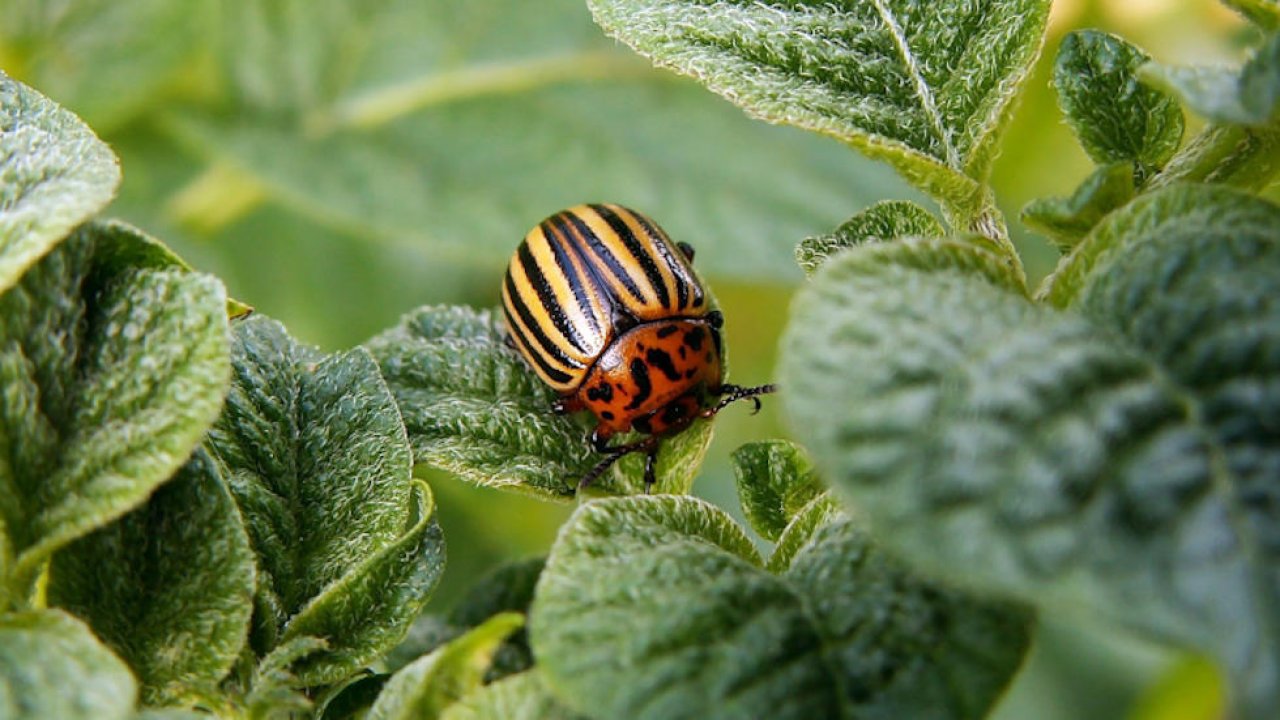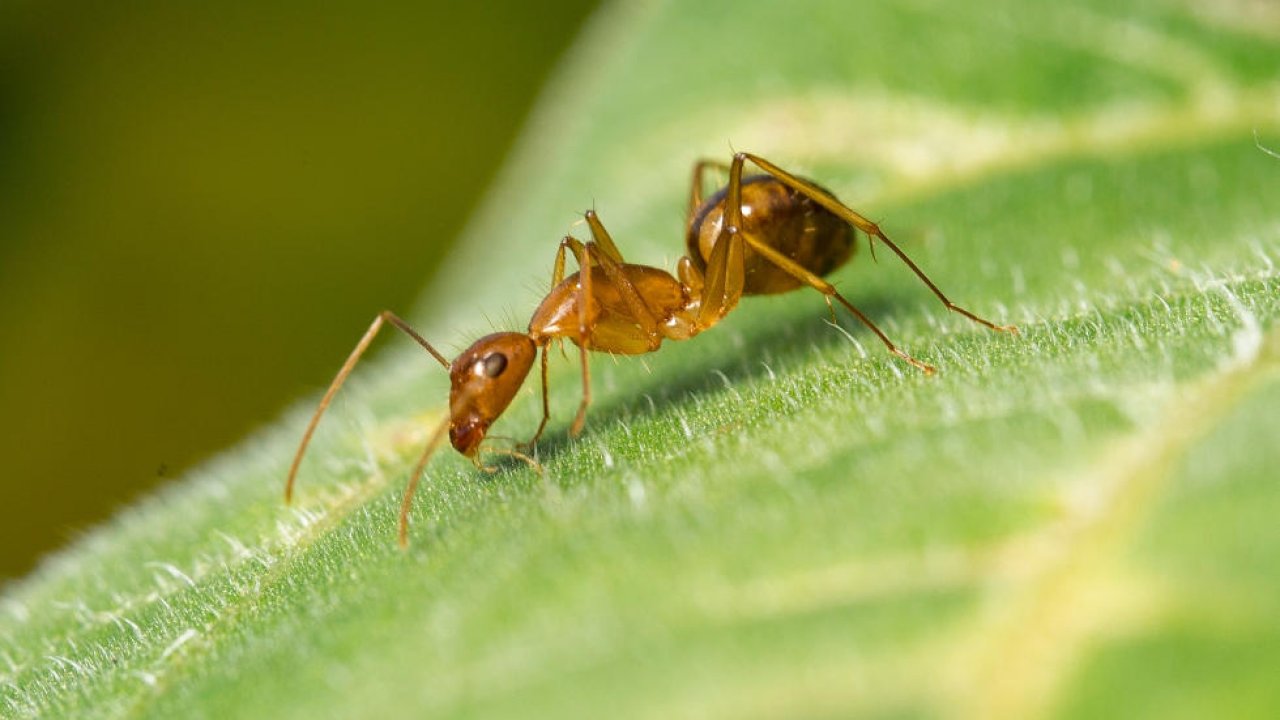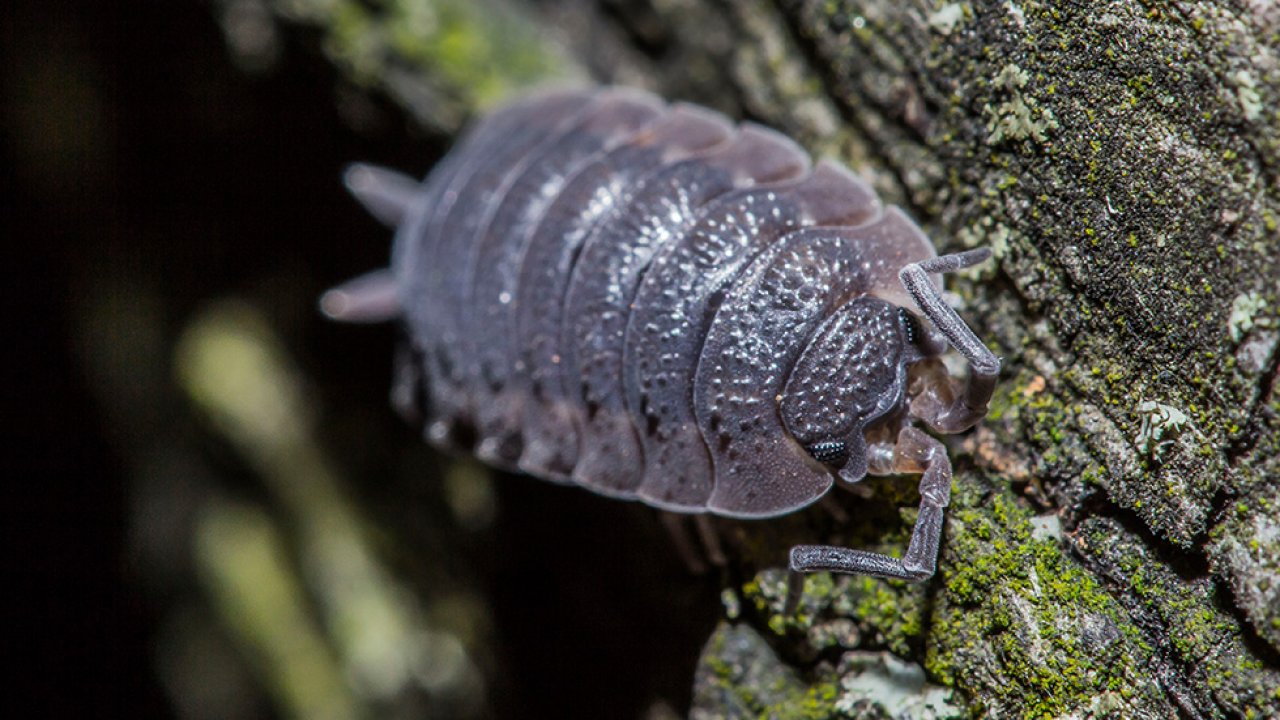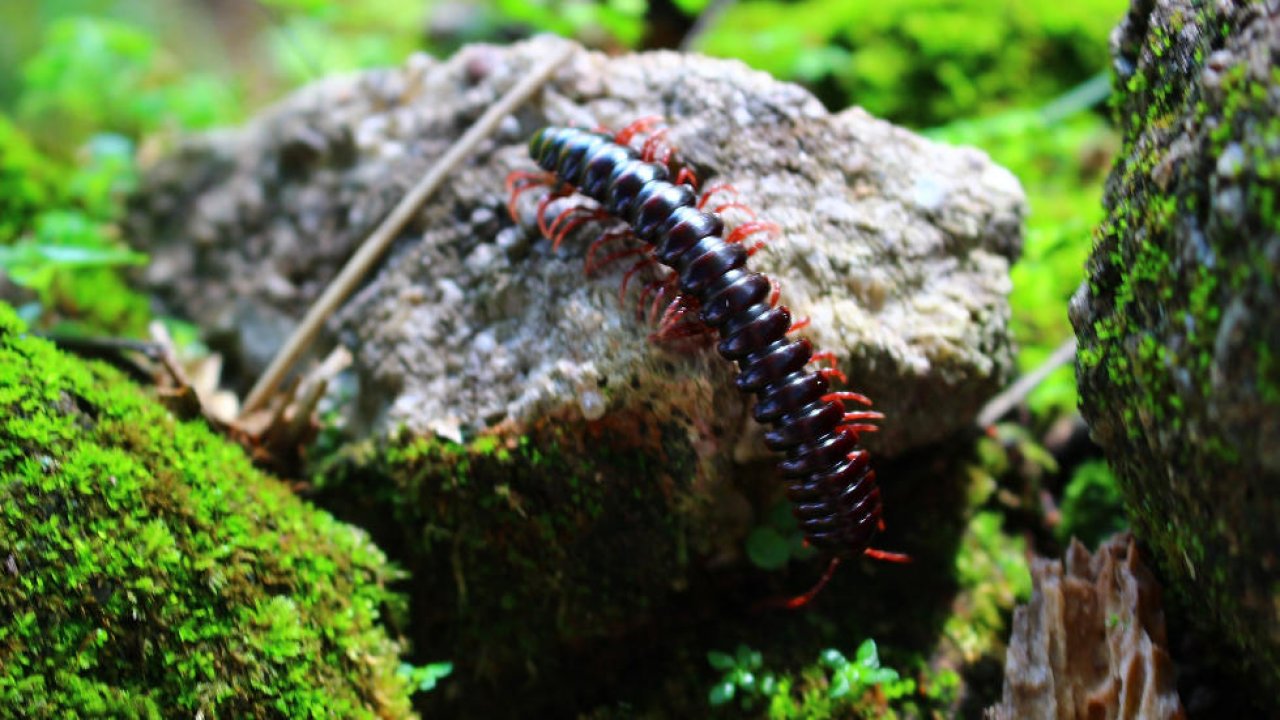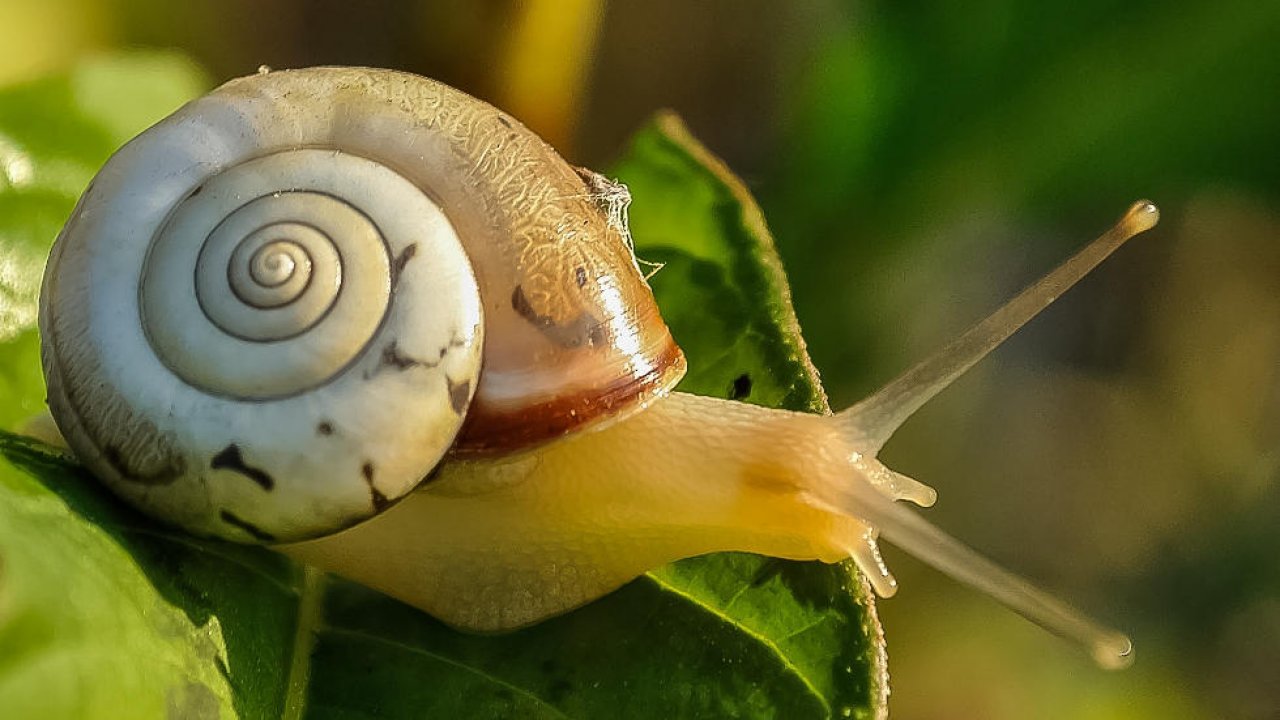Hinweis: Diese Website ist noch in der Beta-Phase - Wir bauen zur Zeit alles auf, aber du kannst bereits deine Apps zum Mitmachen downloaden.
Agnes | SPOTTERON
How to measure humidity
The hygrometer (see example below) measures how moist the air is at a certain location. This is also called relative humidity.
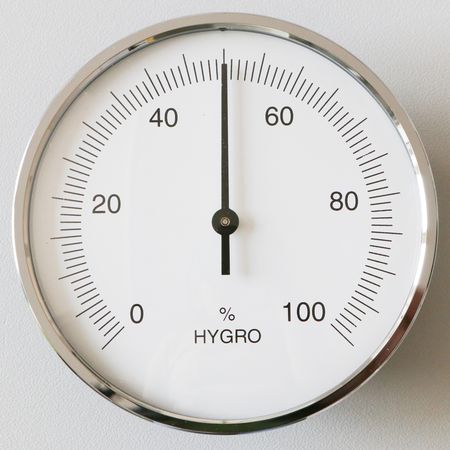
It can measure the humudity from 0 % (completly dry) to 100% (very humid). The scale on the hygrometer is divided into intervals of 1% (short marks) and 5% (long marks). The mark closest to the pointer is the current humidity. In the example above the humidity is 50%.
How to measure temperature
The thermometer measures the air temperature at a certain location. The thermometer at this station measures temperatures from -35 to 55 degrees Celsius (°C) (see example below).
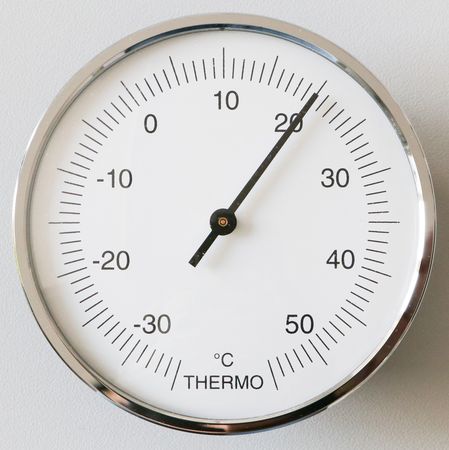
When the temperature is negative (below 0°) it is freezing. The scale on the thermometer is divided into intervals of 1°C (short marks) and 5°C (long marks). The mark closest to the pointer is the current temperature. In the example above the temperature is 20°C.
How to measure rainfall
Rainfall at a certain location is measured with a rain gauge. At the station, the rain gauge is mounted on the right side of the info board (see example below).
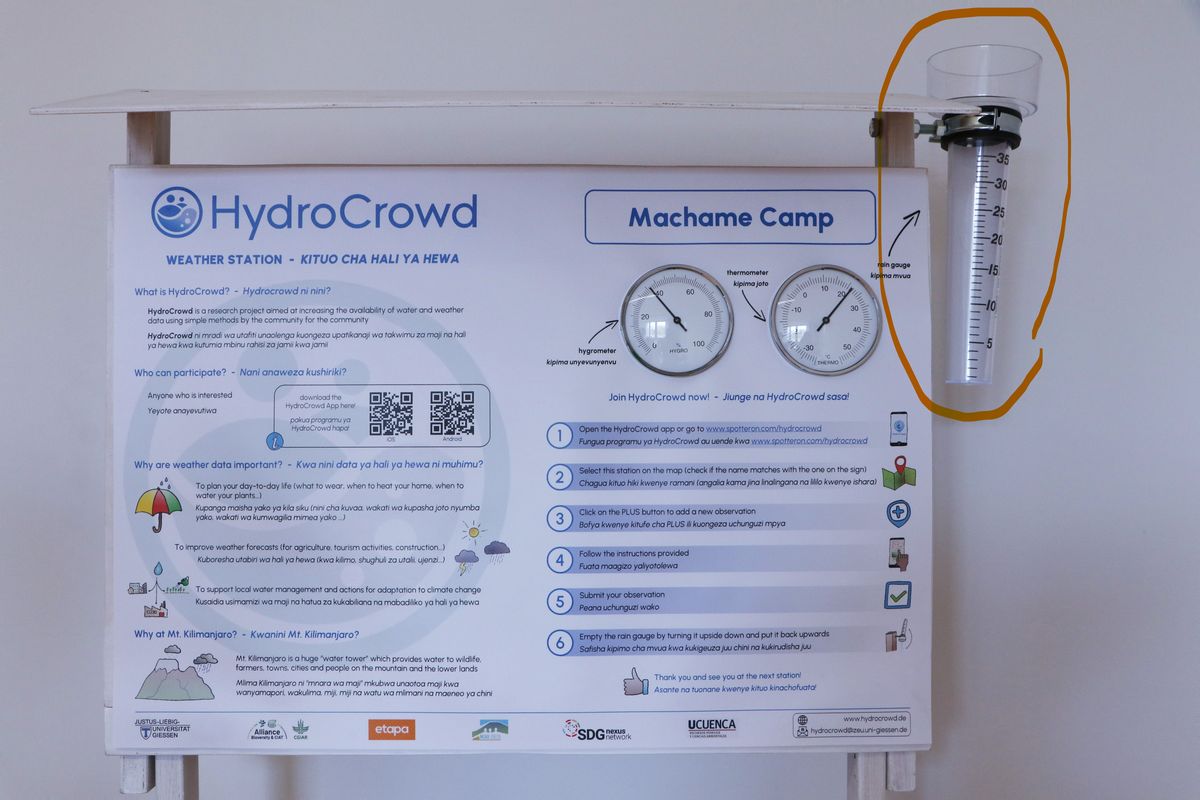
Rainfall is measured in millimeters (mm). The scale on the side of the rain gauge indicates how much rain fell since the last time the rain gauge was emptied. The scale is divided into intervals of 1 mm (short marks) and 5 mm (long marks). Look at the water in the rain gauge. Position yourself, such that your eyes are at the same height as the water level in the rain gauge (see example below).

The mark closest to the water level in the rain gauge is the amount of rainfall. In the example above the rainfall is 10 mm. After submitting your rainfall measurement, don't forget to empty the rain gauge by turning it upside down and afterward turning it back with the inlet facing toward the sky (like it is in the first image).
What should be on the photo?
This depends on the type of station you want to report from: a weather station, a water station, the Weather@Home or the Photo Note. Look at the instructions for every station type below:
1.) Are you at a weather station?
Take a photo of the info board. Make sure that it is possible to read the values on the thermometer, hygrometer and the rain gauge from the photo (see example below).
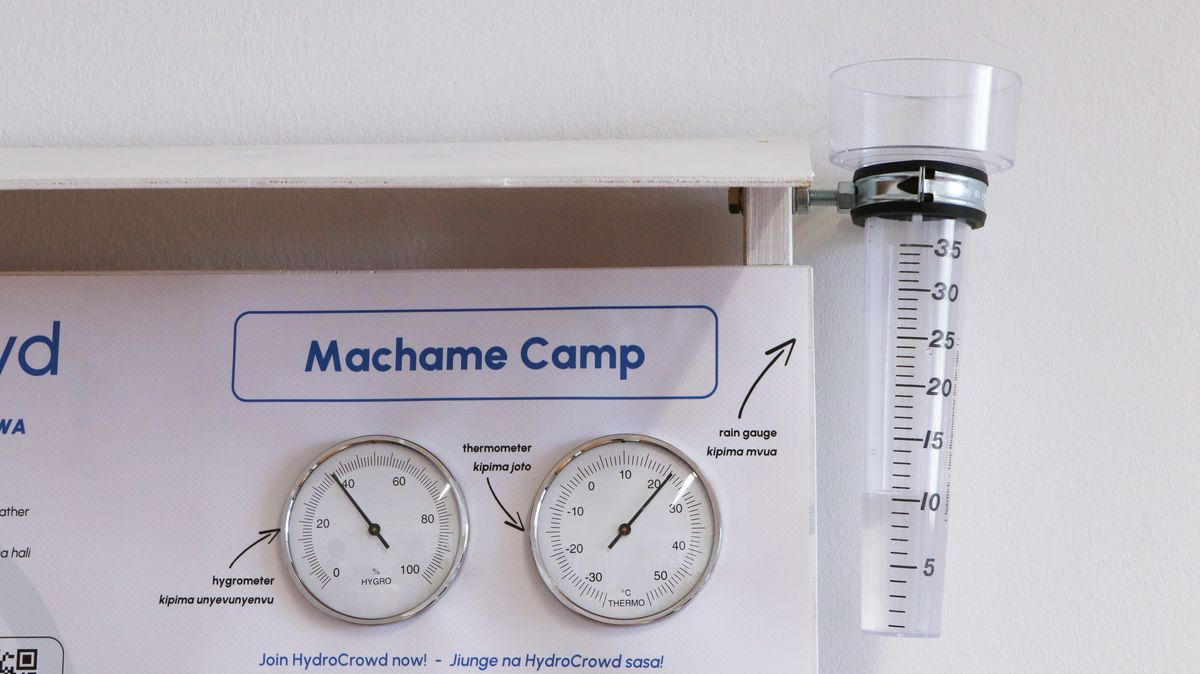
2.) Are you at a water station?
Take a photo of the water level gauge in the water (see example below) and make sure that it is possible to read the value of the water level gauge from the photo. Note that the water level gauge at your station could look slightly different than in the example.
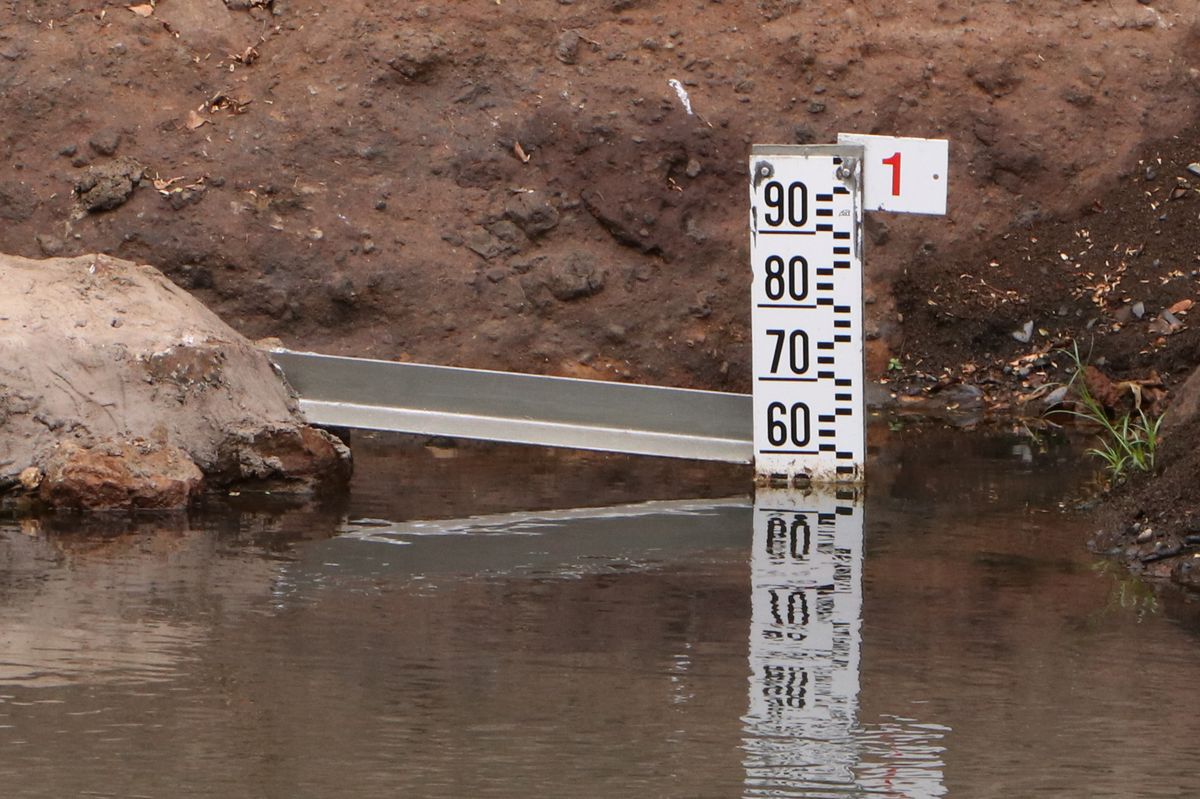
3.) Do you want to report from your Weather@Home station?
Take a photo of your rain gauge (see example below) and make sure that it is possible to read the value easily.
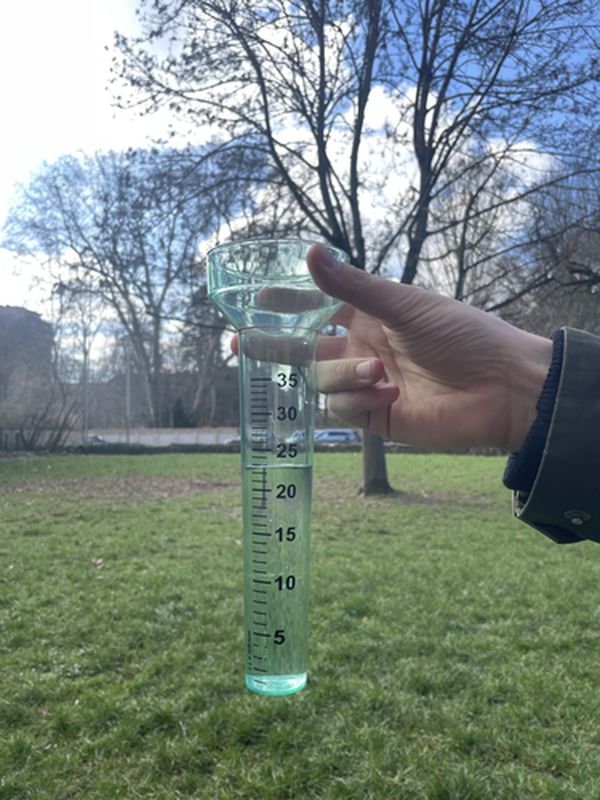
4.) Do you want to report a photo note?
These can be used to share photos of any kind of weather events, for example a hail storm, a flooding or a dry river bed. Here are some examples:
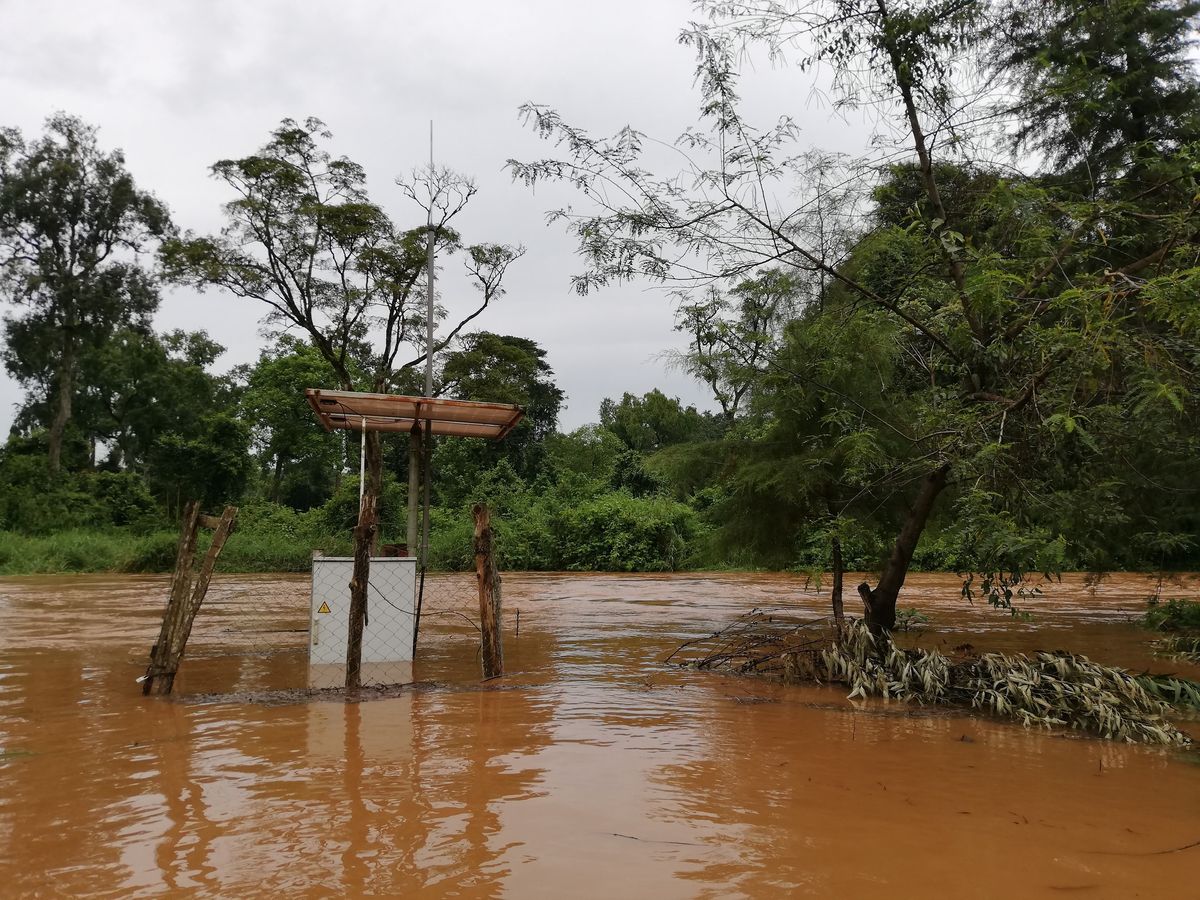
On the picture above you can see a flooded river.
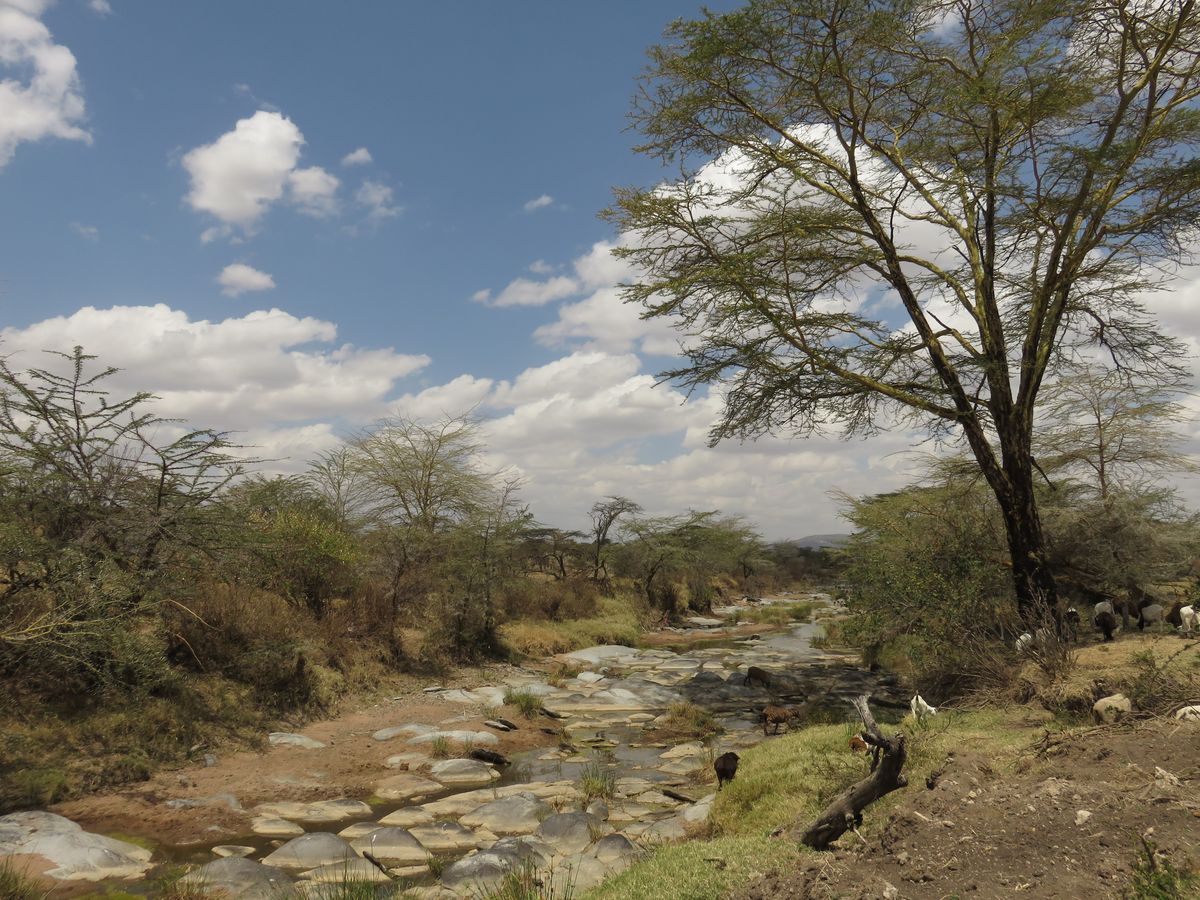
On the picture above you can see a nearly dried out river.
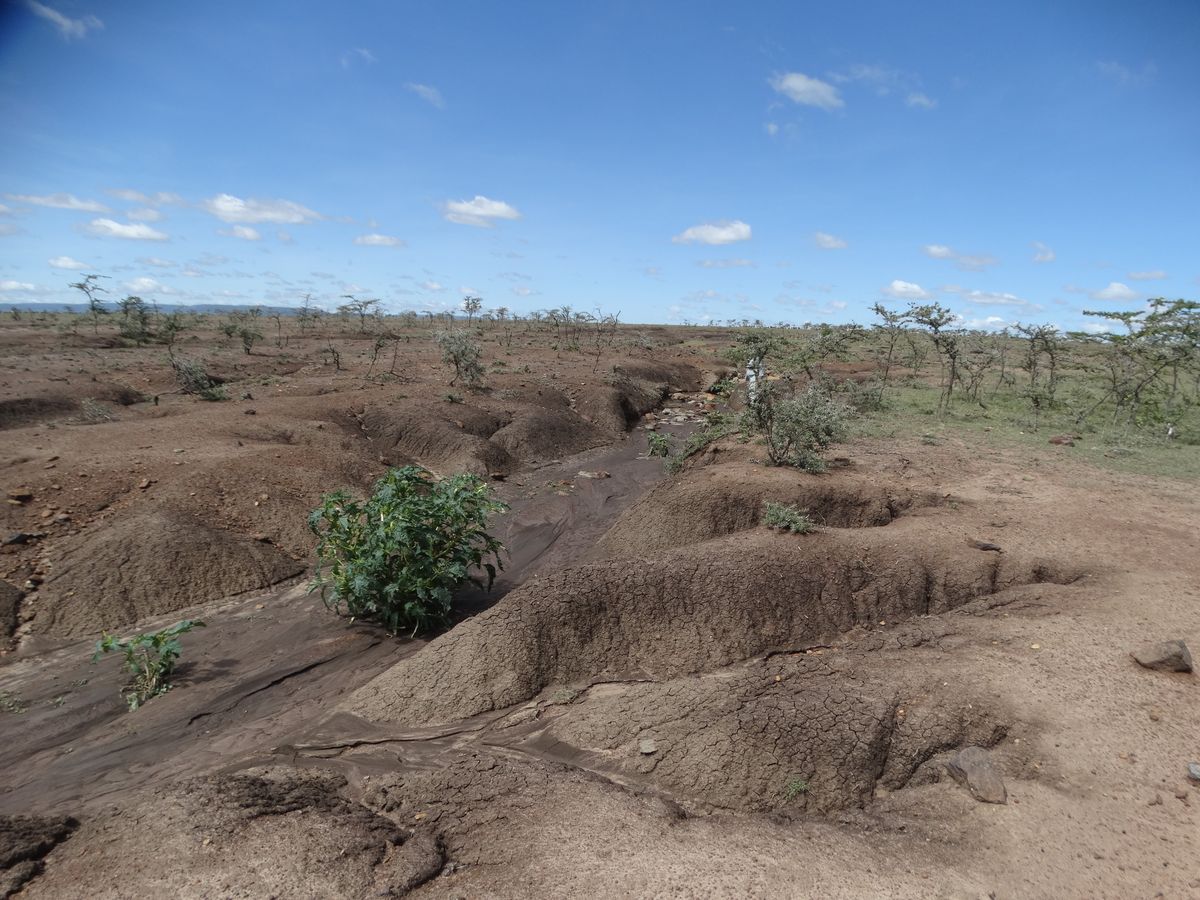
On the picture above you can see heavy soil erosion (the rain has partially washed away the soil).
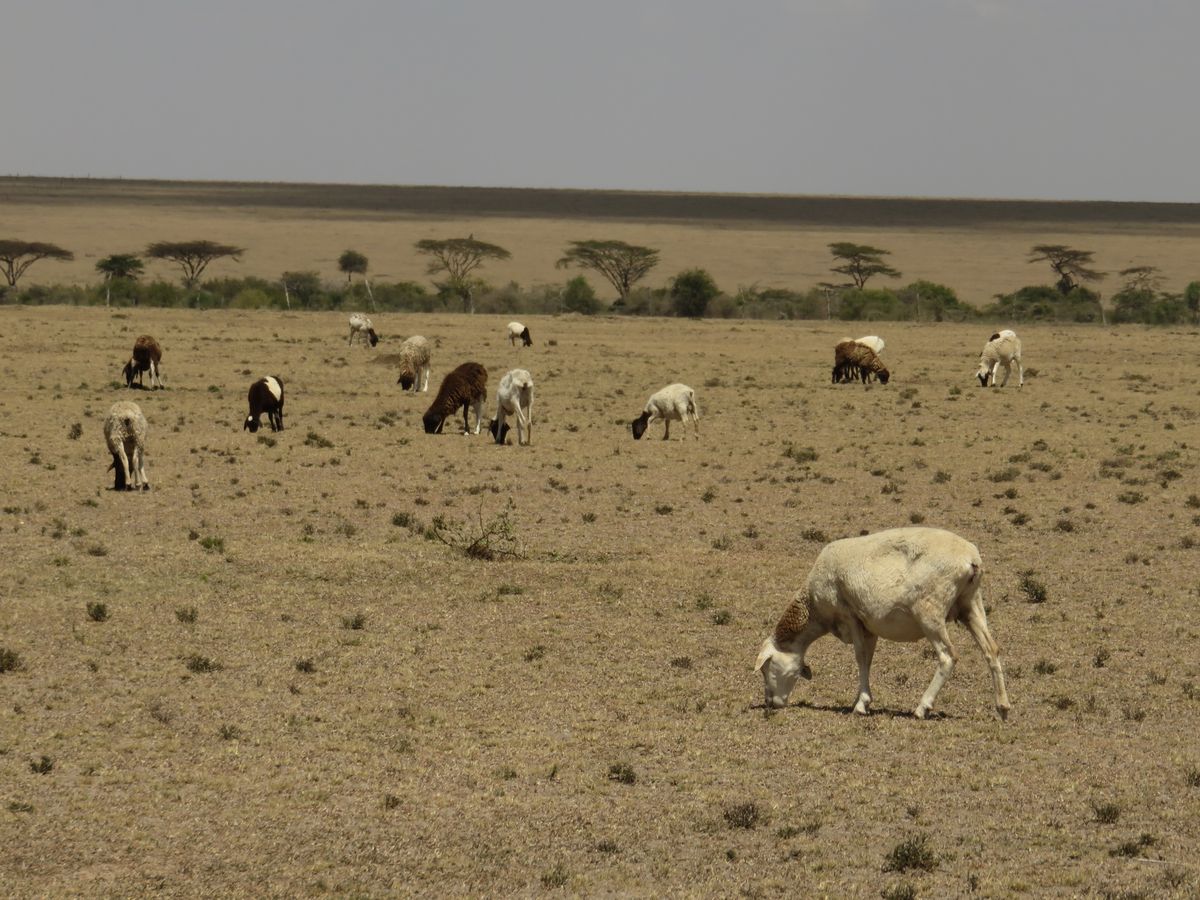
On the picture above you can see a drought.
Regenwürmer
Regenwürmer leben im Erdboden und sind zylindrisch gegliederte Würmer aus der Ordnung der Wenigborster. In Österreich leben derzeit 54 bekannte Arten. Ihre durchschnittliche Lebenszeit liegt zwischen drei und acht Jahren. Die bekannteste Art in Österreich ist der Gemeine Regenwurm (Lumbricus terrestris). Dieser wird 9 cm bis 30 cm lang.
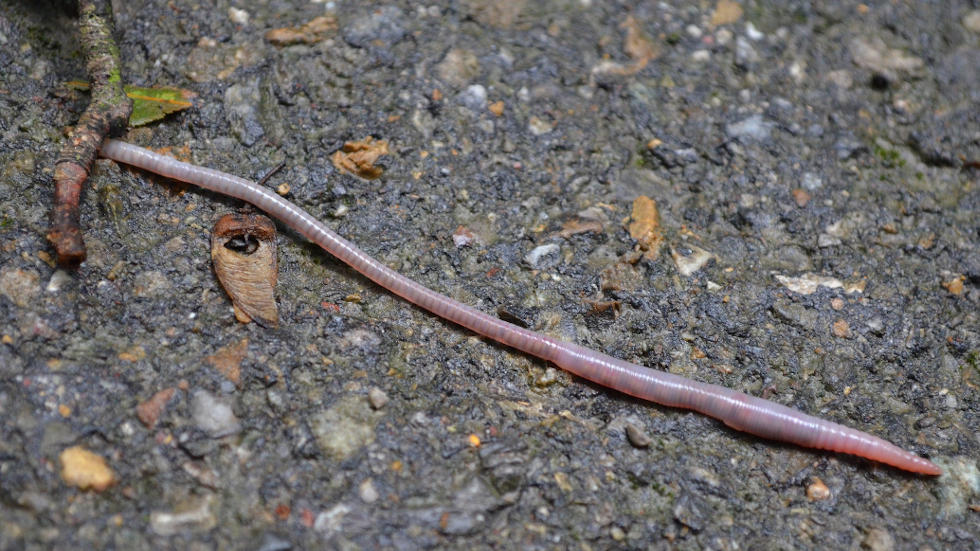
Käfer
Derzeit gibt es über 350.000 bekannte Arten in 179 Familien. Damit sind die Käfer die größte Ordnung in der Familie der Insekten. Die Körperform der Käfer ist sehr vielfältig und variiert von langen, schlanken, bis zu sehr kurzen Arten. Weiters gibt es flache bis stark kugelig geformte Körper. Die Körperform ist also von Art zu Art unterschiedlich und zeigt die Anpassung an die Lebensweise der einzelnen Arten.

Ameisen
Der Körperbau der Ameisen ist in drei Teile untergliedert (Kopf, Brust und Hinterleib). Zusätzlich besitzen sie drei Bein- und bei geflügelten Arten zwei Flügelpaaren. Es gibt mehr als 13.000 bekannte Arten. Ameisen leben in sogenannten Insektenstaaten, die immer in mindestens drei Kasten unterteilt sind, nämlich fruchtbare Weibchen (Königinnen), fruchtbare Männchen und Arbeiterinnen.

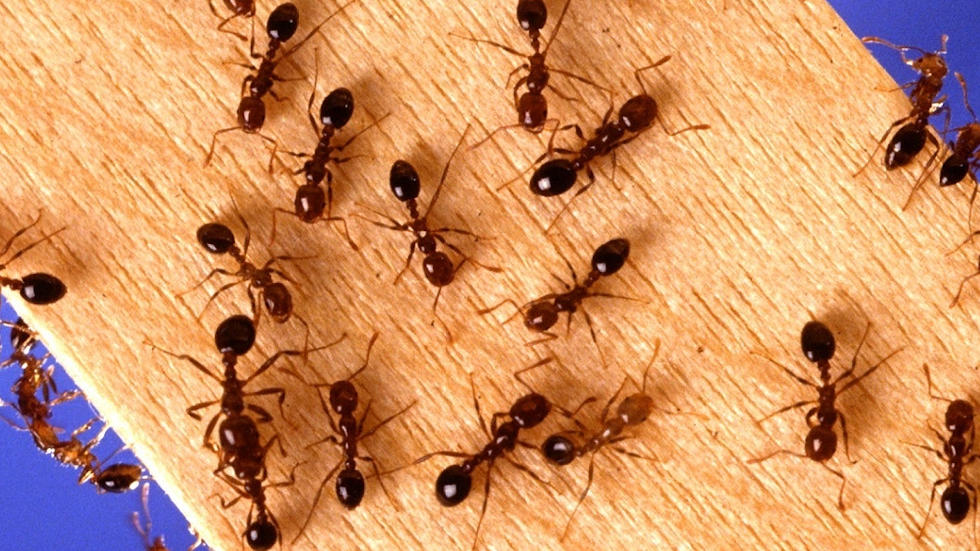
Asseln
Asseln gehören zur Klasse der höheren Krebse. Sie können von 0,3 bis annähernd 50 cm groß werden. Sie sind vom Rücken zum Bauch abgeplattet. Sie haben sieben Beinpaare und einen gegliederten Körper. Die Kiemen sitzen an den hinteren Beinen. Verschiedene Arten haben unterschiedliche Anpassungsstufen an ein Leben an Land. Deshalb gibt es neben der Kiemenatmung auch Arten mit anderen Atmungsorganen wie Tracheen oder Lungen.


Tausendfüßer
Die Tausendfüßer sind ein Unterstamm der Gliederfüßer. Sie umfassen ausschließlich am Land lebende Arten mit einer meist zwei-, aber höchstens dreistelligen Anzahl von Beinen. Tausendfüßer besitzen einen Körper, der in zwei Teile gegliedert ist. Sie haben eine Kopfkapsel, die aus mehreren miteinander verschmolzenen Segmenten besteht und einen gegliederten Rumpf mit mindestens vier beintragenden Segment.


Schnecken
Schnecken gehören dem Stamm der Weichtiere an. Die Körpergröße der Schnecken variiert von unter 0,5 mm bis zu über 90 cm. Der Körper einer Schnecke besteht aus Kopf und Fuß sowie dem rückenliegenden Eingeweidesack, der von der Gewebeschicht des Mantels geschützt wird. Zellen im Mantel bilden eine harte Schale, die zwar im Grundaufbau anderen Weichtierschalen ähnelt, aber im Gegensatz zu diesen meist asymmetrisch zu einer Seite des Körpers gewunden ist.


Please visit the website about the SPOTTERON Platform on www.spotteron.net
This website uses no external trackers, no analytics, just session cookies and values your online privacy.

